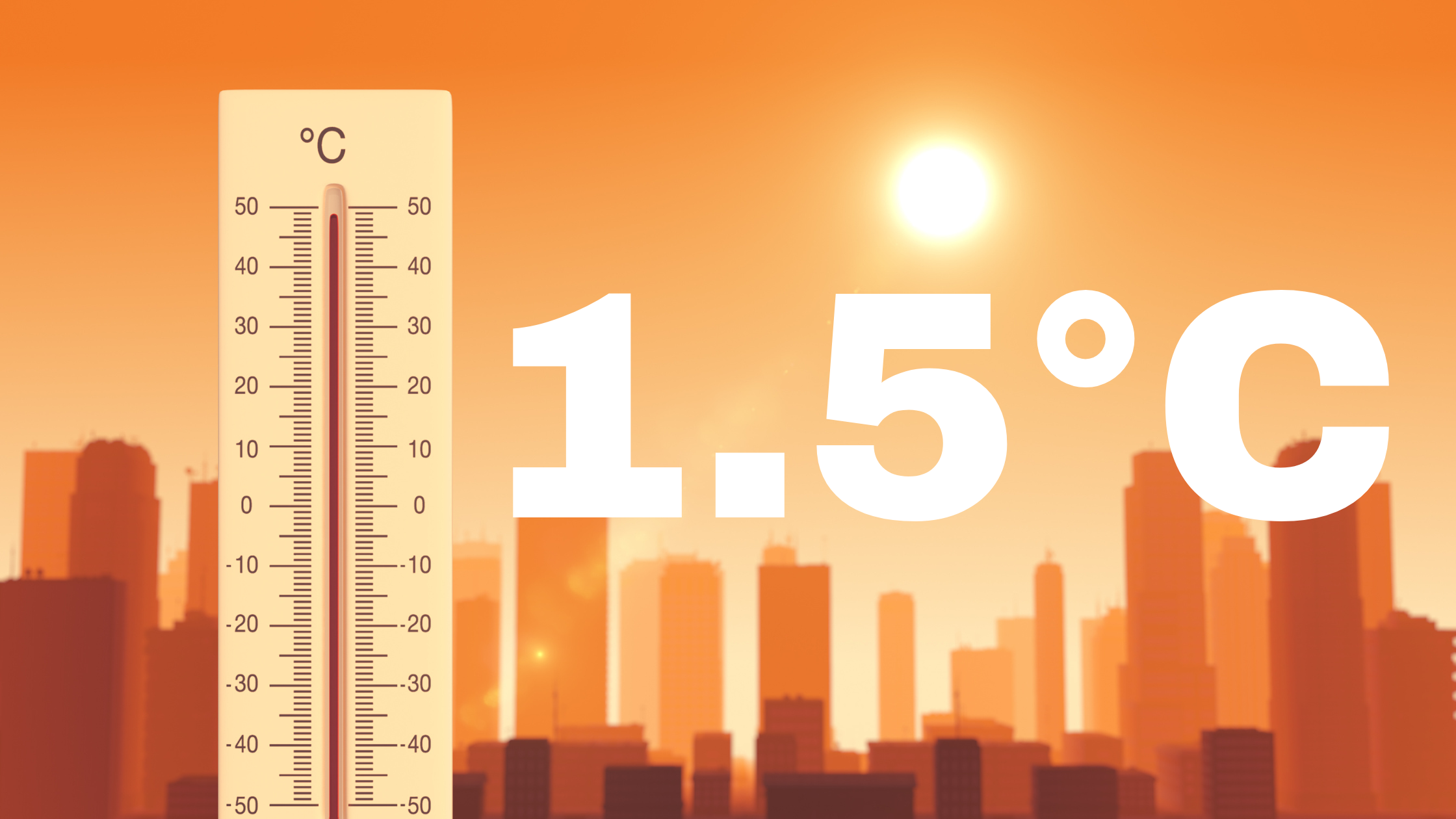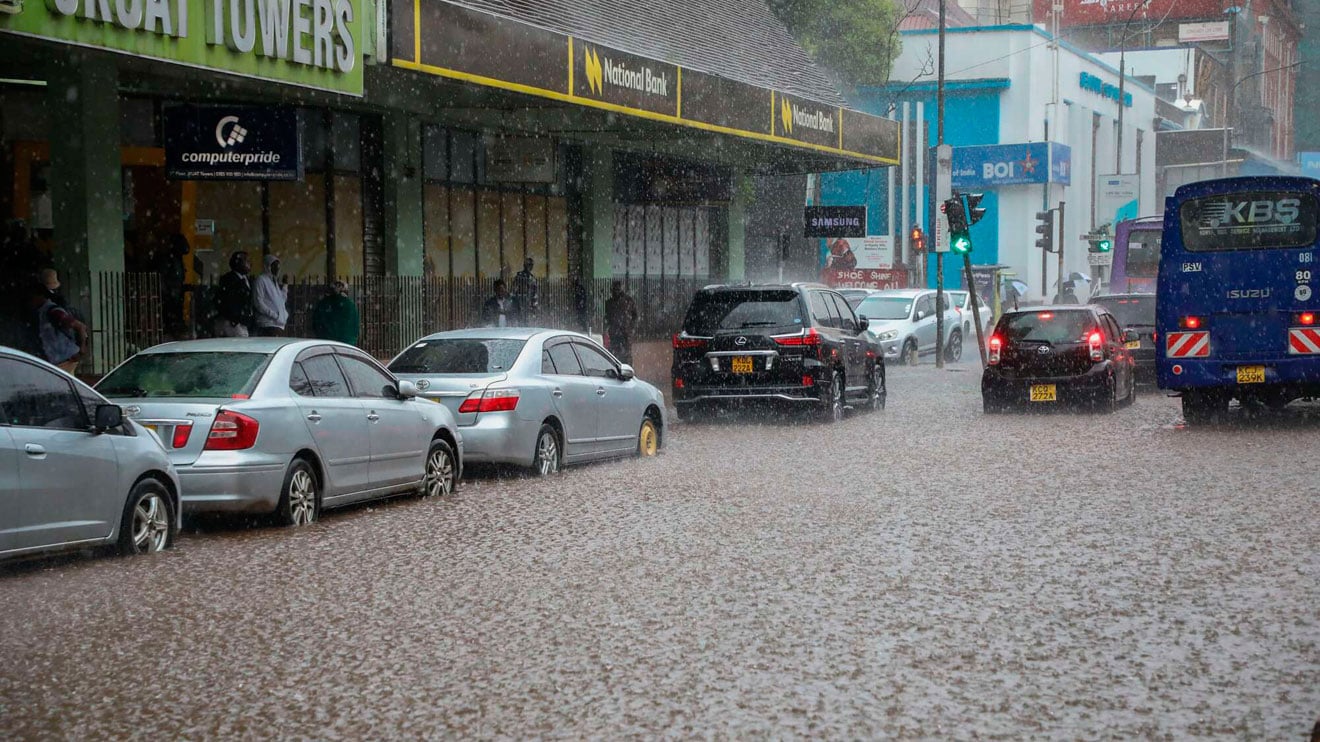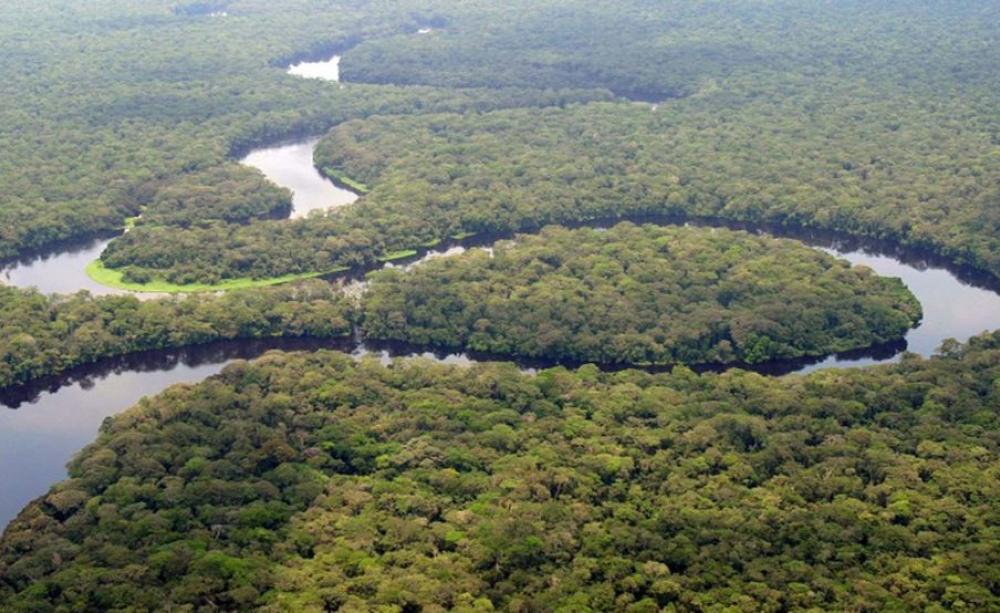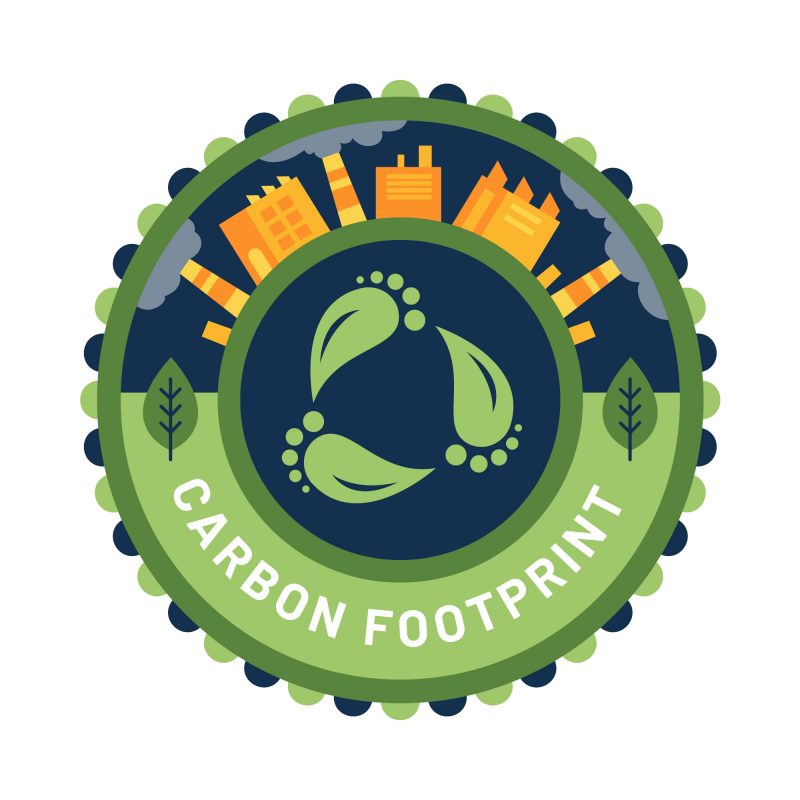- The Paris Agreement aimed to keep global temperatures from exceeding the coveted 1.5 degrees Celcius. This way, the human population, primarily responsible for the ailing planet, could try to reverse the effects of climate change.
Global temperatures have reached 1.5 degrees Celcius, the threshold that the Paris Agreement strived not to exceed. This is according to data released by scientists on the state of global temperatures for 2024.
But what does this mean for the planet? According to research documented in books and movies, extreme temperatures could lead to the end of the world in ways that might prove irreversible. Poor air quality, heat waves, floods and rising sea levels may plague the planet.
The planet has already faced these calamities, and the impacts have been devastating, from death, displacement, and even destruction of property. Imagine the same disasters in full force, day and night, for weeks and months.
The Paris Agreement aimed to keep global temperatures from exceeding the coveted 1.5 degrees Celcius. This way, the human population, primarily responsible for the ailing planet, could try to reverse the effects of climate change.
There have been various strategic implementations by countries and activists to try to reverse the situation. In Kenya, for example, the factors included planting 15 Billion trees by 2032. Trees, which act as carbon sinks, are vital for climate action. Other implementations involve slashing carbon emissions and opting for renewable energy sources to replace fossil fuels. All these have proven not enough to curb climate change.
Read More
So, what actions should be taken, and which way should nations take? Nations should go green 100 per cent. This includes ensuring that there is no trail of greenhouse gas emissions. This means that this is an individual’s initiative. Homesteads should start using eco-friendly appliances and eliminate those harming the environment.
It is until each and every one of us recognizes the value of the planet that the planet is going to heal.







